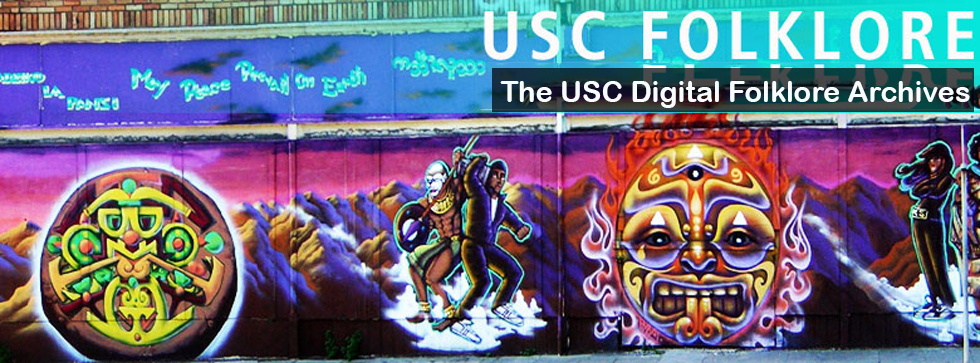Context:
G is a 20 years old Animation and Digital Arts major from Birmingham, UK. Members of his family immigrated to Birmingham from Sudan. He is a junior at USC and has been living in the area for 3 years.
Text:
Please excuse any grammar issues, these are direct text message quotes.
G: “at a Sudani wedding the bride and the groom spit milk at each other that is presented by the matriarch of both families”
Interviewer: “by any chance do you know background on that?”
G: “for the life of me i can’t remember why but i do know that whoever spits first is the person who is supposedly ‘in charge in the relationship’ […] and it’s for like commitment to one another ”
Interpretation:
G’s anecdote references something we’ve discussed a number of times in class – wedding traditions. To me, the significance here draws clearly on a number of common themes in folklore. For one thing, milk is white – associated with purity like many things at a wedding. What’s more, its role in nature and the human life cycle associate it with health and growth. Sudan is patriarchal in its gender roles, so I feel that this meaning is emphasized by the fact that it is the matriarch (mother figure) of each family that gives the bride or groom the milk. This is an apparent reference again to life cycle and growing out of youth. Like G said, spitting it first shows commitment and authority, though the internet mentions prosperity as well. In general, it seems this tradition is one done for luck at a major life moment, a frequent folkloric concept.
